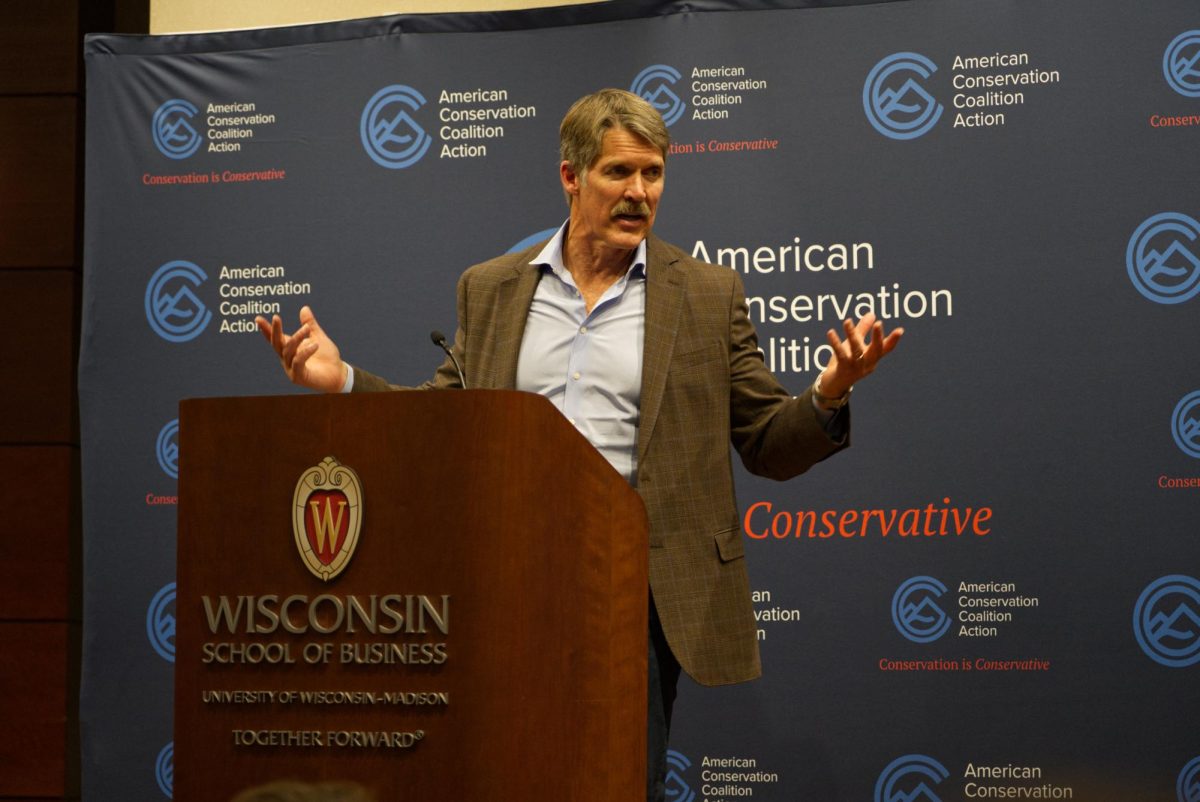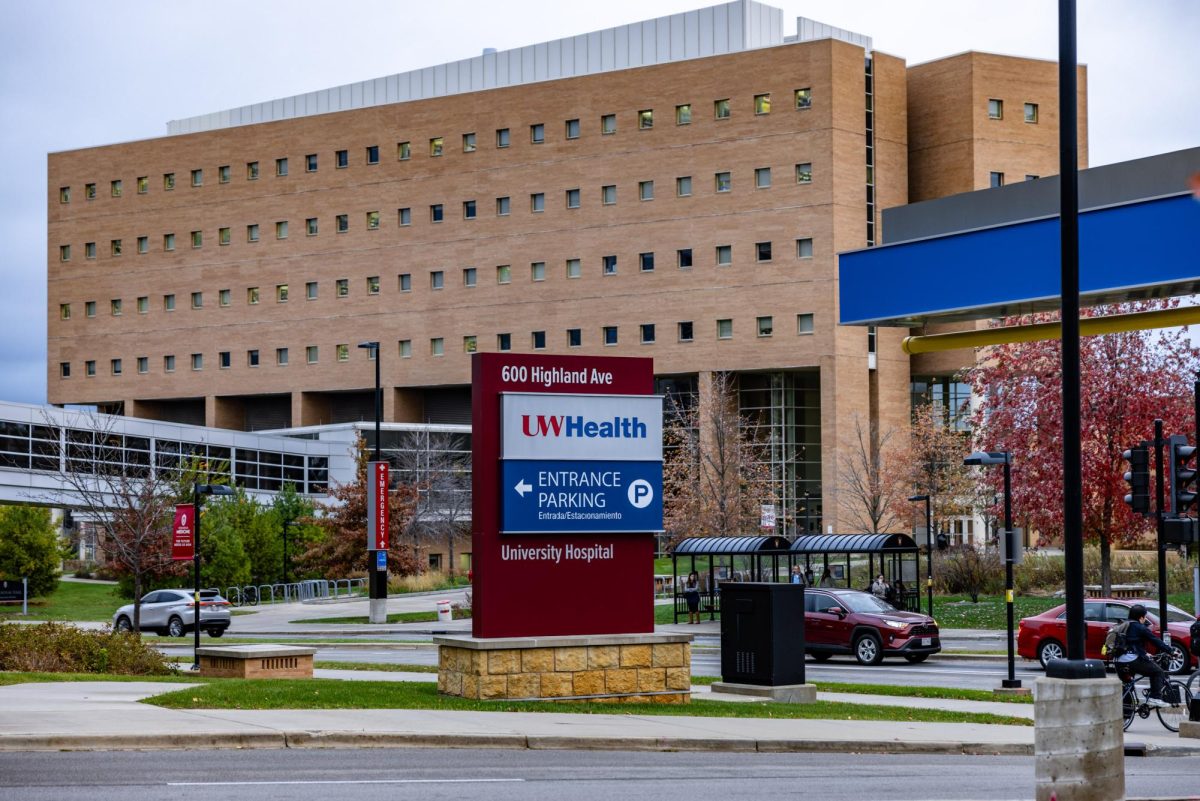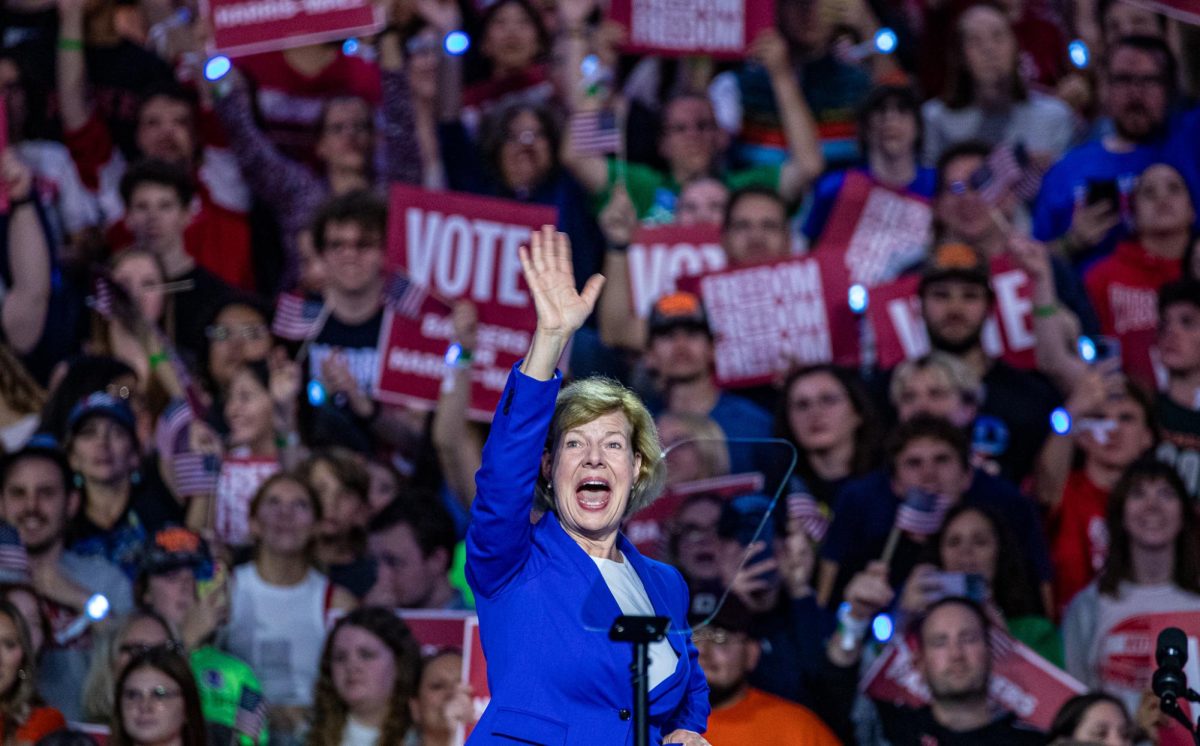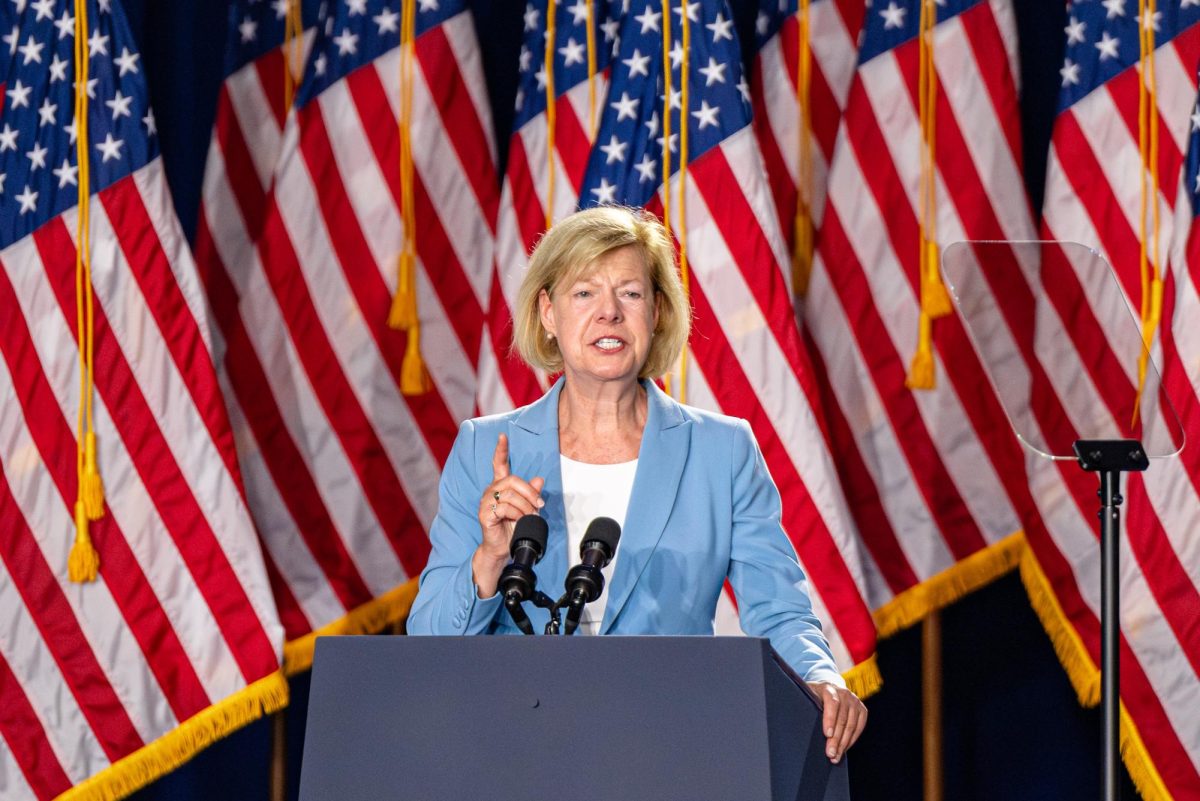New legislation proposed by Democrats to combat high prison costs would require fiscal estimates for bills that change criminal sentencing.
The bill — co-authored by Sen. Lena Taylor, D-Milwaukee, Sen. Jon Erpenbach, D-Middleton, Rep. Chris Taylor, D-Madison and Rep. Gordon Hintz, D-Oshkosh — will bring Wisconsin in line with Minnesota, a state that requires cost estimates and has half as many incarcerations, according to the co-sponsorship memo from the bill’s authors.
Under current law, criminal penalty proposals are the only bills that do not require a fiscal estimate, Craig Trost, Lena Taylor’s spokesperson, said.
Trost said lawmakers should know how much a bill costs before voting it into law.
“It’s about transparency in legislation,” Trost said. “All this bill says is legislators should know all of the facts about the implications of a piece of public policy before voting on it.”
Challenges to employment after imprisonment incite movement to change application process
Trost said the Department of Corrections is Wisconsin’s third most expensive state agency for taxpayers.
In 2010, the total state cost for Wisconsin prisons was $874.4 million, according to Vera Institute of Justice.
Incarceration numbers have risen significantly over the past decades. In the ’80s, there were around 4,500 people in state prison in Wisconsin. By 2011, that number had risen to nearly 23,000, according to Prison Policy Initiative.
Kenneth Streit, UW clinical associate emeritus law professor, said the bill will help, but more needs to be done to solve high incarceration and prison costs.
“I think [the bill] could help in the future of [prison populations] not getting any bigger, but it’s not able to turn the clock back and get the prison population down,” Streit said. “Most people would agree you could probably bring the prison population down by a third without any significant public safety changes.”
Streit said the state could improve mental health services, to treat mentally unstable criminals, rather than sending them to jail before they can be treated.
Another alternative to prison is improving the effectiveness of probations, so behaviors can be corrected without incarceration, Streit said.
Trost said the state should focus on crime prevention rather than punishment, especially with regard to education.
“Investing in education on the front end, rather than corrections on the back end will keep our streets safer,” Trost said.
Walker signs into law bill increasing prison time for felons carrying guns
Streit said the cause of high prison costs is mostly due to increased sentence lengths, rather than increased admissions to prison. He said the majority of inmates are those with long sentences.
One past decision that significantly added to state prison costs was the 1998 decision to adopt truth-in-sentencing for Wisconsin, Streit said. The legislation got rid of the opportunity for parole, making all inmates serve full sentences instead of getting out early for good behavior.
“Everybody wound up serving the maximum rather than some guys getting out sooner on parole and some guys serving their full sentence,” Streit said.
This extra time spent in prison is costly, Streit added. When a person stays in prison an extra 5 years, that costs the state an extra $150,000, according to the co-sponsorship memo for the bill.
Streit said the likely reason why criminal penalty bills do not require cost estimates was past precedents for “tough on crime” policies. He said legislators wanted to be able to push strict criminal penalty bills through, without considering costs, to gain constituent support.
Trost said he hopes the bill will become bipartisan because the Republican side of the aisle has not voiced much opposition.
But, Rep. Janel Brandtjen, R-Menomonee Falls, said Democrats are putting their focus in the wrong area.
The high murder rates in Milwaukee, she said, indicate Wisconsin lawmakers should be less concerned with reducing costs and more concerned with reducing crime.
“The only way to reduce crime is to reduce the number of criminals,” Brandtjen said.
In 2015, the number of murders in Milwaukee rose by 76 percent, as The New York Times reported. According to Law Street, Milwaukee was also ranked the seventh most dangerous city in the nation this past year.
Trost said it’s time Wisconsin changed its approach to crime.
“The bottom line is it’s time to get smart on crime, rather than just getting tough on crime,” Trost said. “It’s a pretty common sense measure.”













